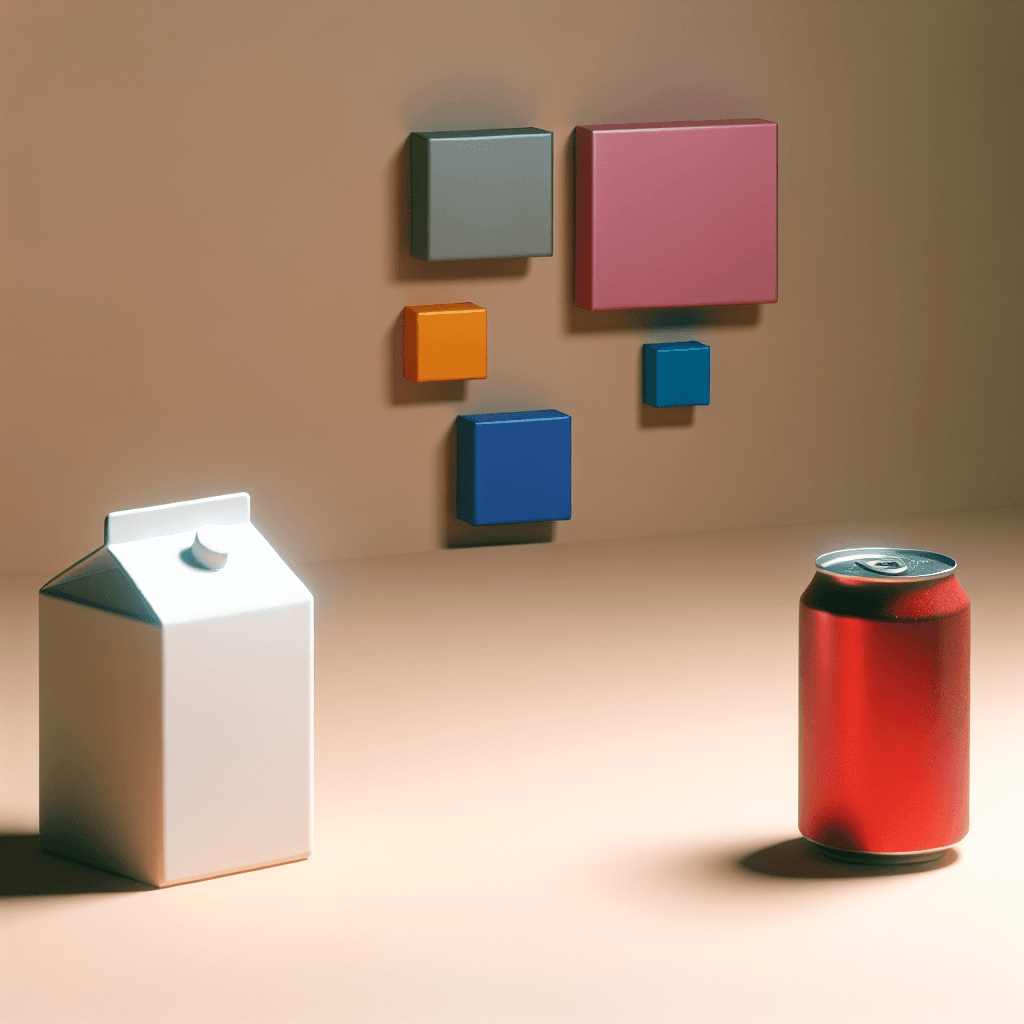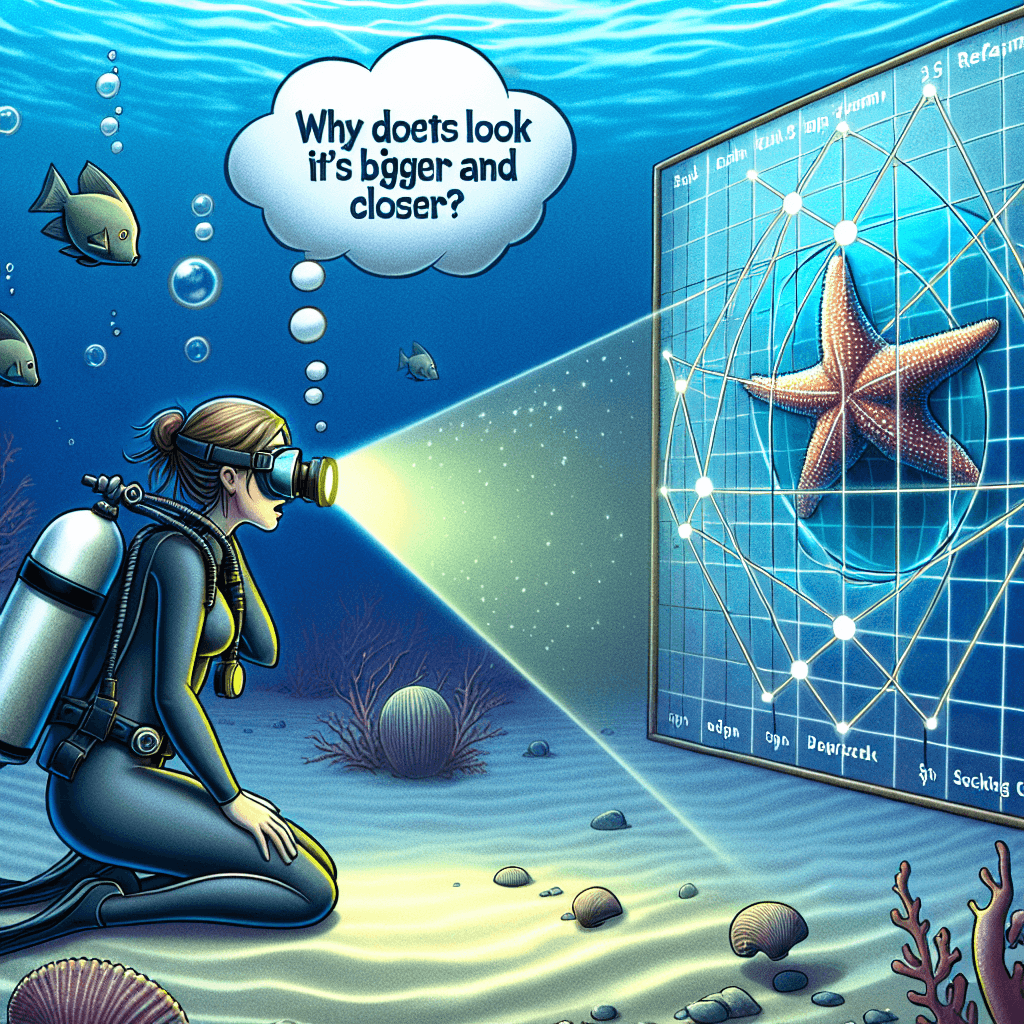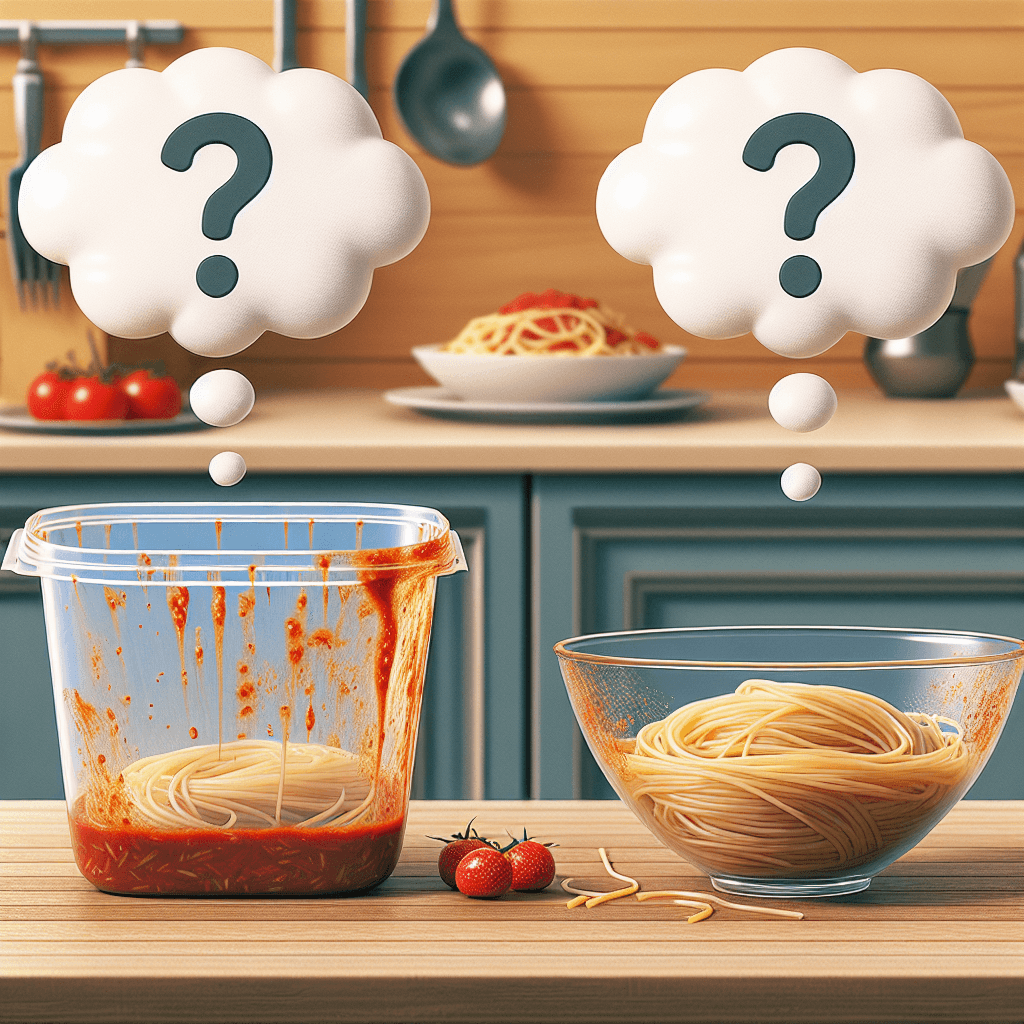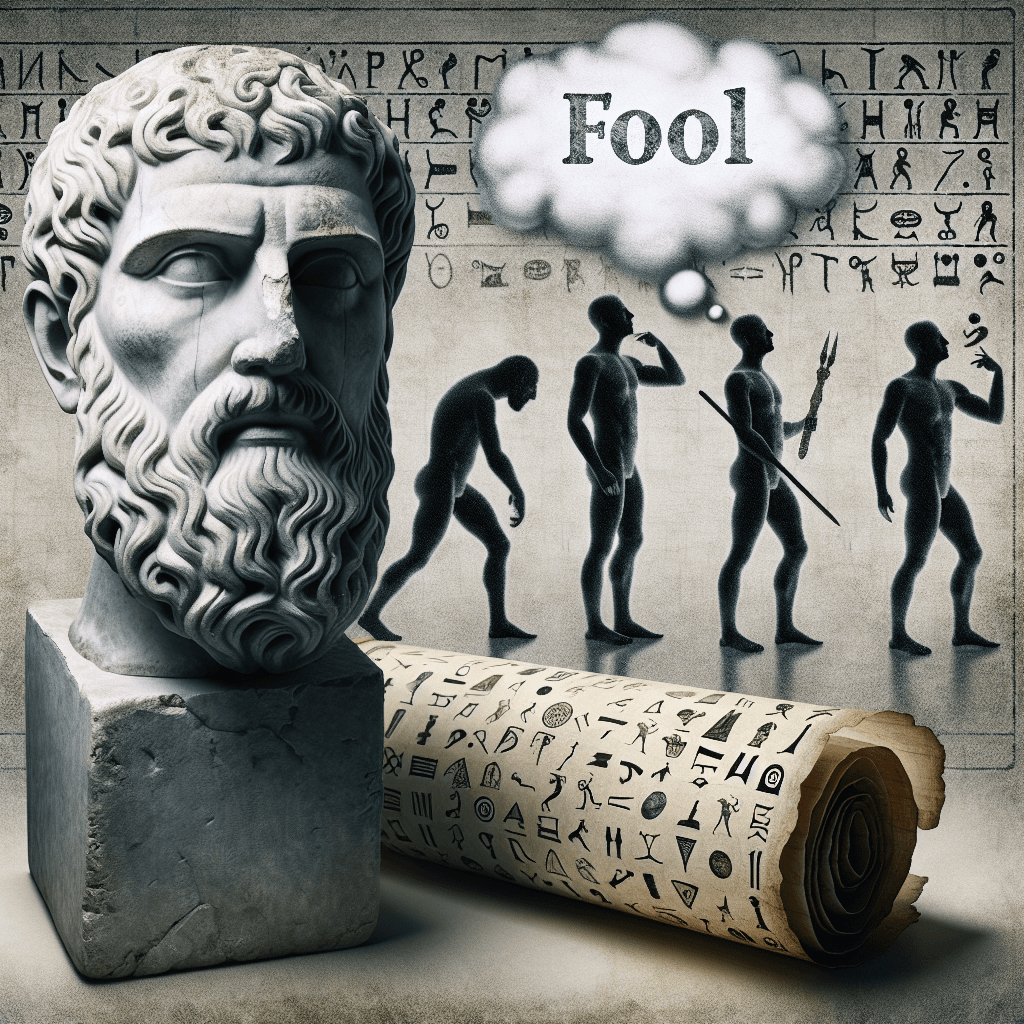Why are milk cartons square while soda cans are round
The shape of your beverage container is no accident—it's a brilliant story of stackable efficiency versus the physics of pressure, and the answer is hiding in plain sight in your fridge.


Too Long; Didn't Read
TLDR: Milk cartons are square to maximize space in expensive refrigerators. Soda cans are round because cylinders are the strongest shape to contain the high pressure from carbonation and use the least amount of metal.
The Shape of Sips: Why Are Milk Cartons Square While Soda Cans Are Round?
Have you ever stopped mid-pour from your milk carton and wondered why it’s a blocky square, while the soda can you just finished is a perfect cylinder? This isn't a random design choice or a simple matter of aesthetics. It's a fascinating example of engineering where form perfectly follows function. The distinct shapes of these everyday containers are deliberate, driven by the unique properties of the liquids they hold, the physics of pressure, and the unglamorous but crucial economics of shipping and storage. This post will unpack the science and logistics behind these designs, revealing why your milk carton is a square deal and your soda can is built to handle the pressure.
The Square Deal: Why Milk Cartons Embrace the Edge
The primary reason milk cartons are square comes down to one powerful concept: efficiency. From the warehouse to your refrigerator, space is a valuable commodity, and squares are the champions of space optimization.
The Power of Tessellation
In geometry, "tessellation" is the term for tiling a surface with shapes that fit together perfectly, leaving no gaps. Squares and rectangles are masters of this. When you line up milk cartons on a pallet for shipping or on a grocery store shelf, virtually no space is wasted between them. This allows manufacturers and retailers to store and transport the maximum amount of product in a given area, significantly cutting down on shipping costs and maximizing retail space. A pallet of round containers, by contrast, would be full of empty, unused pockets of air.
Material and Product Needs
Milk cartons are typically made from paperboard, a material that is relatively inexpensive and easy to cut and fold into a square shape. More importantly, milk is a non-carbonated liquid. It doesn't exert significant internal pressure on its container. Therefore, it doesn't require a super-strong, pressure-resistant shape. The simple, folded construction of a paperboard carton is more than sufficient to hold the liquid securely. The opaque material also helps protect milk, which is sensitive to light, from degradation.
The Power of the Circle: Pressure and Strength in Soda Cans
While squares are great for packing, they have a critical weakness: corners. For a product like soda, which is under intense pressure, corners would be a catastrophic design flaw.
Withstanding the Pressure
The defining characteristic of soda is its carbonation—dissolved carbon dioxide gas that creates pressure inside the can. To contain this pressure safely, you need a shape without weak points. A cylinder is one of the strongest shapes for withstanding internal pressure, second only to a perfect sphere (which is impractical to stack and manufacture).
Here’s why a cylinder works so well:
- Even Stress Distribution: The curved surface of a can distributes the internal pressure evenly. There are no corners or sharp edges where stress can concentrate.
- Avoiding Weak Points: If a soda can were square, the pressure would push outwards on the flat sides, causing them to bulge. The corners and edges would become points of extreme stress, making the can highly susceptible to bursting.
- Material Strength: Cans are made from aluminum, a material that is both strong and lightweight. The manufacturing process, known as "drawing and ironing," is designed to create a seamless cylinder, further enhancing its structural integrity. The domed bottom of the can also helps it withstand pressure more effectively.
A Quick Comparison: Carton vs. Can
To put it simply, the design of each container is tailored to its primary challenge.
-
Milk Carton (Square):
- Primary Goal: Maximize storage and shipping efficiency.
- Contents: A non-pressurized liquid.
- Key Advantage: Perfect tessellation for zero wasted space.
-
Soda Can (Round):
- Primary Goal: Safely contain a high-pressure, carbonated liquid.
- Contents: A pressurized liquid.
- Key Advantage: Superior strength and even pressure distribution.
Conclusion
The next time you’re at the grocery store, you’ll see the aisles in a new light. The contrast between the blocky, efficient milk cartons and the sleek, strong soda cans is no accident. It’s a deliberate, intelligent design choice that perfectly balances the nature of the product with the practical demands of logistics and the fundamental laws of physics. One is built for efficient packing, the other is engineered for pressure. It’s a simple yet brilliant reminder that even the most mundane objects around us often have a fascinating story of science and engineering to tell.
More Articles

Why do things underwater look bigger and closer than they really are?
It’s not your eyes playing tricks on you—it's a fascinating law of physics that turns the entire underwater world into a giant magnifying glass.

Why do spaghetti stains cling to plastic tubs but not glass bowls?
Discover why tomato sauce permanently dyes your plastic containers but wipes clean from glass—it's not your scrubbing power, but a simple case of molecular attraction.

Why was a brilliant philosopher's name twisted into the modern word for a fool?
He was a celebrated intellectual giant, yet a centuries-long smear campaign by his academic rivals twisted his very name into a common insult for a fool.